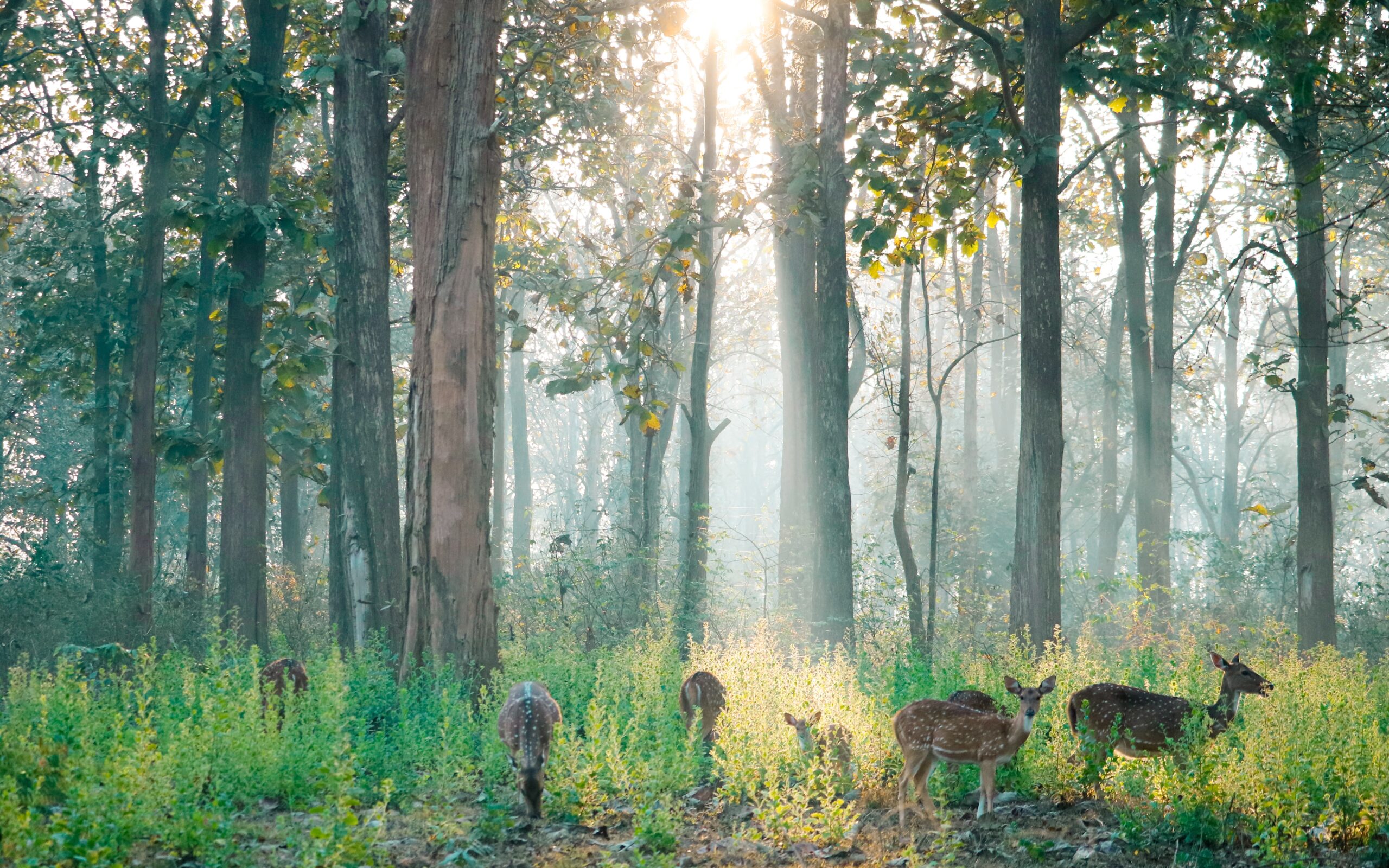Bookstores were the settings of some of my happiest childhood memories. From the time I first learned to read, I always made a beeline straight for the “Animals and Nature” shelves, marveling over the treasure troves of lavishly illustrated volumes capturing some of the most awe-inspiring creatures and habitats on our wondrous planet.
One evening, a particularly eye-catching publication — an Audubon-style artbook showcasing a wide variety of animals from around the world, including many mammals and birds — ignited my eight-year-old imagination. While the animals looked somewhat familiar, in all my years of biblio-safaris, I had never seen any quite like these.
It wasn’t until the morning after my parents bought the book for me, when I had time to dig down into the individual drawing captions and accompanying fine-print narrative, that I realized why: These animals were extinct. All of them…an entire book’s worth of species! With no advance warning from the title, we were blindsided, and it was difficult and painful for my fledgling brain to fathom — especially after being so accustomed to the joy that these illustrated books had always brought. How could this be? Wasn’t extinction only for dinosaurs??? That day triggered a seismic shift in my reality.
Surely this can’t keep happening – we know better now! I thought to myself after processing what I had read. But as subsequent years abundantly demonstrated, it did. And we didn’t.
There came a point when I realized that the only way this could change was if people cared enough about wildlife to transcend the towering economic, political, and sociological barriers to protecting it.
The majority of conservation organizations have their hands more than full with the effort of mitigating the symptoms of biodiversity loss on a region-by-region, species-by-species basis. While that work is desperately needed, it goes only so far over the long term. Ultimately, we must work to stem the tide of mass extinction by addressing its root causes – indifference, misconceptions, and lack of awareness among them – on a more systemic level.
One of the most persistent notions in need of dismantling is that directing resources toward animal welfare detracts from human welfare. As two-time Pulitzer prizewinning journalist Nicholas Kristof expressed in one of my favorite New York Times op-ed pieces, “At the broadest level, it’s a mistake to pit sympathy for animals against sympathy for humans. Compassion for other species can also nurture compassion for fellow humans. Empathy isn’t a zero-sum game.”
The past decade of my career has been a quest for answers to the question, How do we persuade people to care about animals enough to save them? Legendary oceanographer Jacques-Yves Cousteau framed it best: “People protect what they love, they love what they understand, and they understand what they are taught.”
Throughout my tenure at the American Society for the Prevention of Cruelty to Animals (ASPCA) and Animal Grantmakers, and via my personal blog, I aimed to raise the profile of animal protection philanthropy. Humane Education Advocates Reaching Teachers (HEART), the organization where I work now, inspires children in grades Pre-K through 12 to value and respect animals and their habitats as well as all people.
Several years ago, I had the good fortune of meeting OneNature’s Beth Allgood, who was at that time with the International Fund for Animal Welfare (IFAW), and reading her pioneering work on the interconnections between animal and human wellbeing. I knew right then and there that a critical piece of the puzzle was emerging. For people to act on animals’ behalf, they must be convinced – on a global scale – that it’s in their own best interests to do so. OneNature is dedicated to that very endeavor. I was honored and delighted when Beth invited me to join OneNature’s advisory council, as it opens up another avenue for pursuing my quest in fellowship with other like-minded professionals who share my passion for conservation.
The world has long needed an organization like OneNature that is focused on helping humankind connect the dots between its survival and that of the natural world. The beauty of OneNature’s approach is that it appeals to minds (through developing concrete metrics for original research studies) as well as hearts (through capturing experiences of joy, wonder, cultural connection, and security in wildlife-adjacent locales) – both of which are needed to change deeply ingrained attitudes and behaviors. Further contributing to its distinctive niche in the conservation space is its people-centered framework, empowering and elevating the perspectives of the communities living closest to wildlife.
Preserving Earth’s imperiled biodiversity takes innumerable individual and institutional collaborators, and OneNature’s trailblazing approach and the beacon of hope it brings to a thorny conservation landscape is a development worth celebrating.
